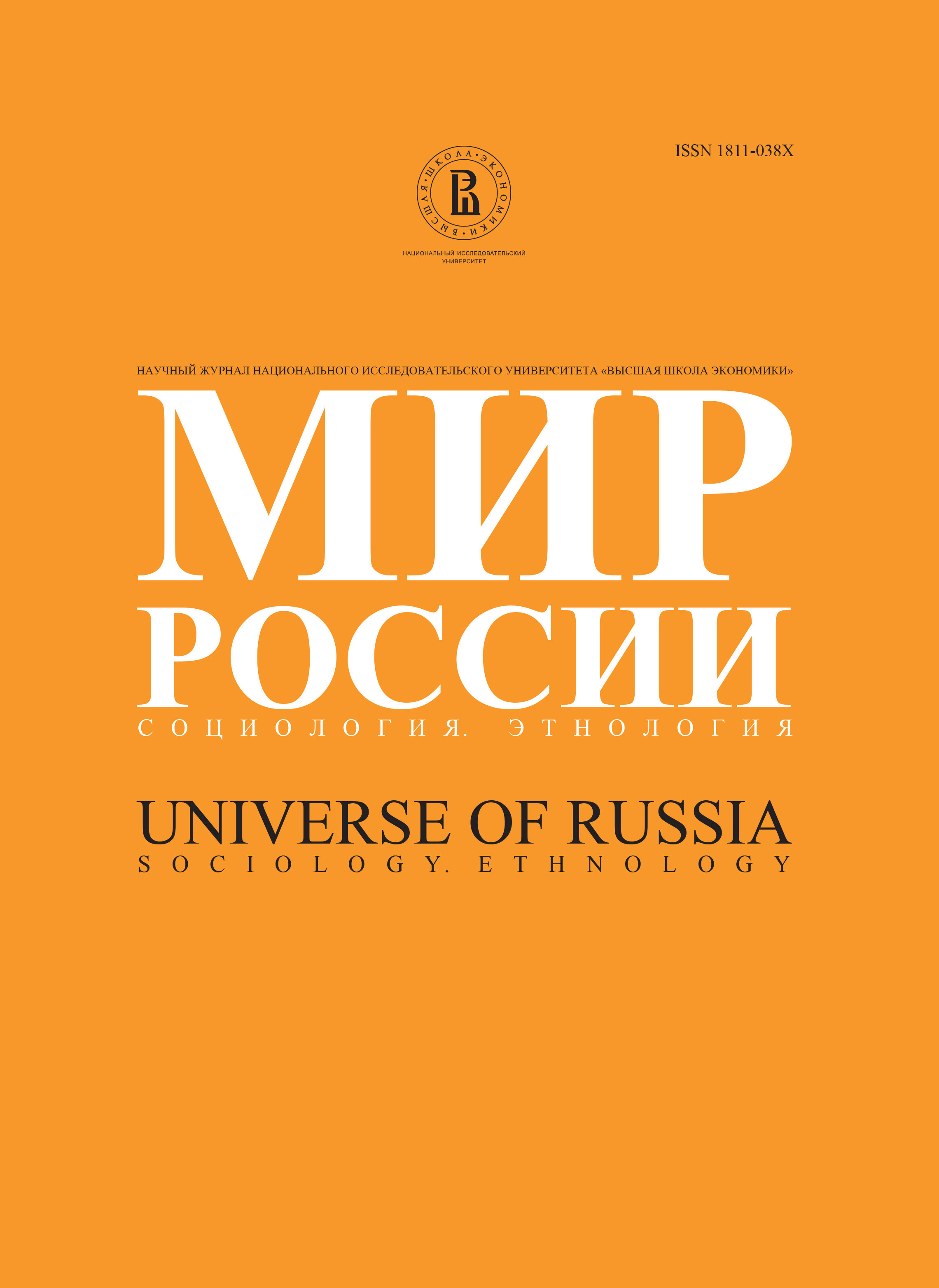Innovations In Russian Industry – Creation, Diffusion And Realization Of New Social Practices
Abstract
The “heroic” period of transition of Russian industry to functioning in relatively market conditions finished several years ago. All (the surviving) enterprises and firms have already begun to use the elements of marketing, have mastered (often very constructively) the methods of financial management, have learned new approaches towards personnel as “human resources”. The crest of the last “wave” of mass mastering with new management instruments, this time corporative instruments, has also passed. Against the general background of macroeconomic stabilization and growth in most branches of industry, there begins routine work aimed at perfection of both the methods of production and management and the products themselves (goods and services). This work is devoted to the questions of creation, diffusion and realization of innovations in products and processes. In our opinion, it is the rate and features of innovation processes taking place in Russian industry, that determine not only the stability of current parameters of economic growth, but also the perspectives of competitiveness of national economy on the international scene. The study of innovation processes is accompanied by considerable difficulties. One of these difficulties is inaccuracy and inconsistency of the definitions of “innovation” as regards different areas of activity of enterprises. The object of research is thereafter disappearing or being camouflaged. Another difficulty in the study is the complexity of observations of innovations. The state statistics reflects only technological innovations, innovations in products (goods and services) are evident to consumers, but they are reflected by the quality audit bodies in a much less exact way, and as for the management innovations, there is no systematic statistics at all. Finally, the third difficulty in the study is lack of the checked reliable models of interconnections between various forms and aspects of both innovation process as a whole and separate types of innovations. Correspondingly our objectives: - to give the most complete list of various manifestations of innovations regarding the activity of enterprises; - bto determine using the available methods the diffusion of separate types of innovations in the main branches of Russian industry; - to reveal the main internal interconnections, moderators and possible external factors affecting the innovation process. What did our research show? The innovation processes go on in the main branches of Russian industry. They are more intense in the sphere of the change of assortment of the output production and are not so intense in the sphere of mastering new technologies. The mastering of new products is for the most part built on the competitive imitation. In the sphere of technologies there are fewer transfers, the firms try to follow their own path. At the same time mastering of new technologies often comes into collision with the available market infrastructure of an enterprise (suppliers or other partners). A serious change of technologies leads to the revision of the composition of economic chain. Institutional environment has a rather moderate influence on the innovation activity of the enterprises. The influence of the state economic policy on the activity of innovation processes as a whole is weakly traced in industry. At the same time the processes of centralization of economic activity often hamper innovations, especially in the technological sphere. As we could see, the management technologies of Russian enterprises remain a rather dynamic sphere, which is stably following product and technological innovations. Thus, we cannot talk about the fact, that the lag in management technologies is in itself the cause of preservation of low level of technological innovations. The fact of law level of technological borrowings is a more alarming fact. This means that the system of technologies’ transfer, which existed with all its defects in the Soviet period, is finally eliminated, and the modern forms of technologies’ transfer have not been created. The transfer of technologies remains to be “dotted”, covering in the majority of cases only one enterprise, forced to change its economic partners. At the same time skillful use of the mechanisms of technologies’ transfer is a characteristic of the most stable enterprises. As for the institutional conditions, their influence is low and it cannot be considered as an essential obstacle in innovation process. We saw, that at the regional level the beneficial influence of the local authorities on various types of innovation activities is quite noticeable. The facts mentioned above allow to make a conclusion, which is unexpected at first sight – the way to the growth of the activity of innovation processes in Russian industry lies in the reduction of the “invention” and increase of the role of technologies’ transfer. This means a reconstruction of the system of technological diffusion in its modern forms. The experience of the countries, which performed serious technological breakthroughs [Nelson 1993, Suh 2000], is the evidence of the fact that their national innovation systems rely not on the conglomeration of bureaucratic offices, “stimulating the innovations” [Delmas 2000, PP. 19-43], but on the facilitation of inter-firm cooperation, insurance of hazards of technologies’ transfer [Sawheney 2000, PP. 24-54]. It is also connected with the transformation of large integrated economic structures from “the systems of control of financial flows” into “the systems of technologies’ transfer”. We hope, that the research of innovation processes will make it possible to formulate the structures and principles of the work of institutes of national innovation system of Russia, that is being recreated.






